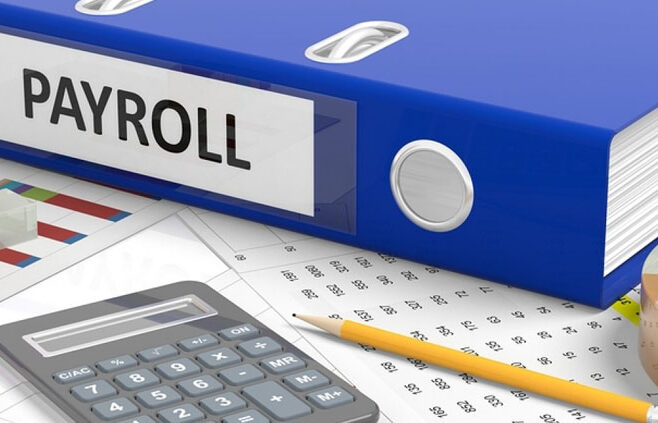Becoming self-employed is an exciting step, it offers freedom, flexibility, and the opportunity to grow your own venture. But with independence comes responsibility, and one of the most important (and often dreaded!) is filing your tax return.
At SW&P Accountancy, we believe in empowering self-employed individuals with the knowledge to take control of their finances. Whether you’re a freelancer, consultant, or sole trader, here’s a step-by-step guide to help you file your Self Assessment tax return with confidence.
Step 1: Register as Self-Employed
Before you can file your tax return, you need to register with HMRC as self-employed. You can do this online via the HMRC website. You’ll need to register by 5th October in your business’s second tax year to avoid penalties.
Once registered, you’ll receive:
- A Unique Taxpayer Reference (UTR)
- An activation code to access your HMRC online account
At SW&P Accountancy, we regularly help clients register for Self Assessment and guide them through every stage of the process – from getting your UTR to completing and submitting your return. If you’re unsure where to start, we’re here to support you every step of the way!
Step 2: Keep Accurate Financial Records
Staying organised throughout the year will make tax season much easier. Keep records of:
- All income from your self-employment
- Business expenses (such as travel, office supplies, marketing)
- Invoices and receipts
- Bank statements
Digital accounting software like QuickBooks, FreeAgent, or Xero can be very helpful here, and SW&P Accountancy can advise on the best fit for your business.
Step 3: Understand What You Owe
If your income exceeds the £1,000 trading allowance, you must file a tax return. Here’s what you’ll need to calculate:
Income Tax
Based on your profits (income minus allowable expenses)
- 20% on income between £12,571 and £50,270
- 40% on income between £50,271 and £125,140
- 45% on income over £125,140
National Insurance
- Class 2 (£3.45/week if profits are over £6,725)
- Class 4 (9% on profits between £12,570 and £50,270; 2% above that)
Step 4: File Your Self Assessment Tax Return
You’ll file online using your HMRC account. Here’s what you’ll need:
- Your UTR number
- Your National Insurance number
- Records of your income and expenses
- Details of other income (e.g. dividends, savings interest)
The deadline for online returns is 31st January following the end of the tax year (which ends on 5th April). For example, for the tax year ending 5th April 2025, the deadline is 31st January 2026.
Step 5: Pay Your Tax Bill
HMRC will calculate what you owe based on your return. You must pay by 31st January, and you may also need to make a payment on account for the following year if your bill is over £1,000.
Payment methods include:
- Bank transfer
- Debit/credit card
- Direct debit
Bonus Tip: Claim All Allowable Expenses
Reducing your taxable profit means lowering your bill. Common allowable expenses include:
- Office costs (e.g. phone bills, stationery)
- Travel expenses (not including commuting)
- Advertising and marketing
- Professional services (including accountancy fees!)
When to Get Professional Help
Filing your own tax return is possible, and many people do it successfully. But if your income is complex, you’ve made a large profit (or you simply don’t want the hassle!) a professional accountant can save you time, stress, and often money.
At SW&P Accountancy, we specialise in supporting self-employed professionals across the UK. Whether you need help setting up, managing your books, or filing your return, we’re here to make it simple.
Need help getting started? Get in touch with the team today for friendly, expert advice.



